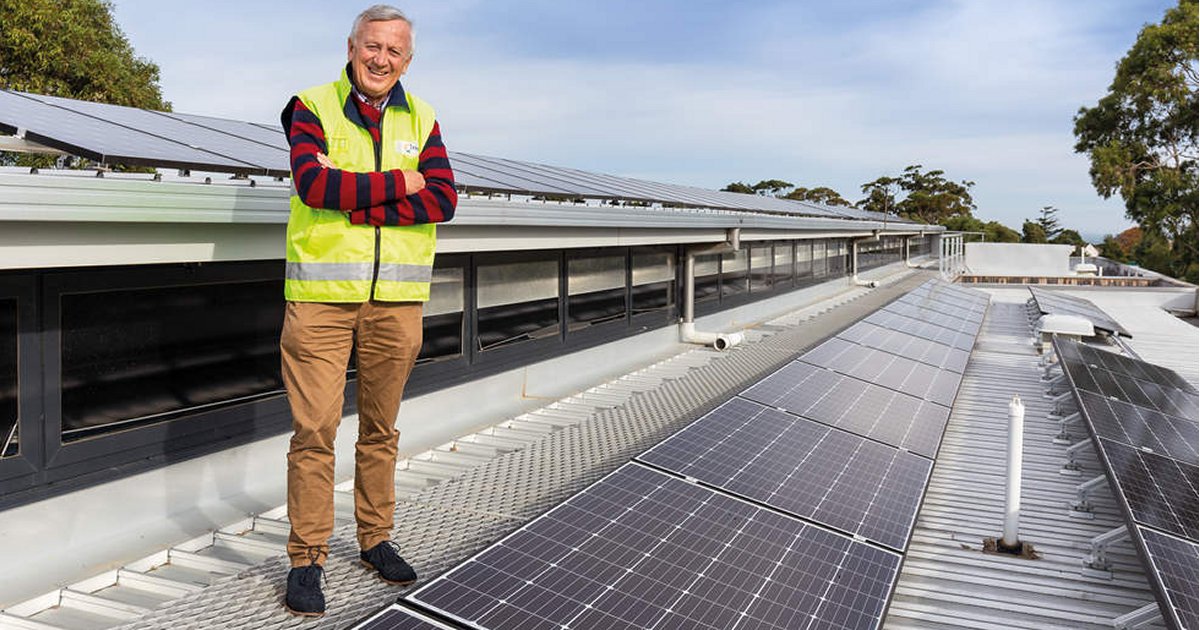Time is running out for non-profit community groups in Victoria’s City of Bayside to apply for a Council grant that could be put towards installing solar panels.
The City of Bayside is located in Melbourne’s middle-southern metro area and is home to around 106,000 people. Among its suburbs are Sandringham, Hampton and Black Rock.
Bayside City Council appears to be pretty switched on when it comes to renewables and climate change; leading by example. The organisation achieved carbon neutrality for its operations in 2020 through offsets, energy efficiency measures, purchasing renewables based electricity1 and the installation of solar panels on some of its assets. At that point, 1,316 solar panels had been installed on 31 buildings and more PV installations may have been performed since.
Bayside City Council was the 22nd local government in Victoria to declare a Climate Emergency. Part of its Climate Emergency Plan 2020 – 2025 adopted in September 2020 is supporting the local community to take action to reduce their impact on the environment – and one of the tools is financial support.
Climate Emergency Grants Include Solar
The Bayside City Council Climate Emergency Grant, applications for which opened in April, provides funding for non-profit community groups of up to $5,000 for eligible activities and projects that align with the themes of the Plan; including greenhouse gas emission reduction. Initiatives can include infrastructure such as solar panel installations.
How Much Solar Power Capacity Does $5k Buy?
Taking into account the national solar subsidy also available to community groups2 and given current prices in Victoria, a good quality 3kW solar power system should be doable. A system of this size installed in Sandringham can be expected to generate around 4,086 kWh annually. Between self-consumed solar energy and surplus electricity exported to the grid entitled to a feed-in tariff, a 3kW system could put a significant dent in a group’s energy bills that could be routed into other activities.
If a group can find the funds, kicking in a couple of thousand dollars extra should be able to purchase a much more powerful 6.6kW solar system that would generate close to 9,000 kWh annually.
Applications Closing Soon
Applications close on Wednesday 18 May 2022 at 5pm, so there’s not much time left to submit. Guidelines for applications are available here. Successful grant applications will be awarded in June 2022.
Many local governments have been at the forefront of solar uptake in Australia. It’s always great to see councils walking the talk on renewable energy and emissions reduction, and helping their communities to do the same. Perhaps check out what your council has been doing and give councillors a nudge if it turns out to be little. Installing solar panels isn’t just good for the planet, but also for slashing electricity costs – and that’s good for ratepayers too.
Footnotes
- The organisation has a goal of ensuring 100% of the electricity it purchases is renewables-based by 2023. ↩
- Unfortunately, community groups aren’t eligible for the generous Victorian solar panel rebate available to households and businesses. ↩


 RSS - Posts
RSS - Posts



Speak Your Mind